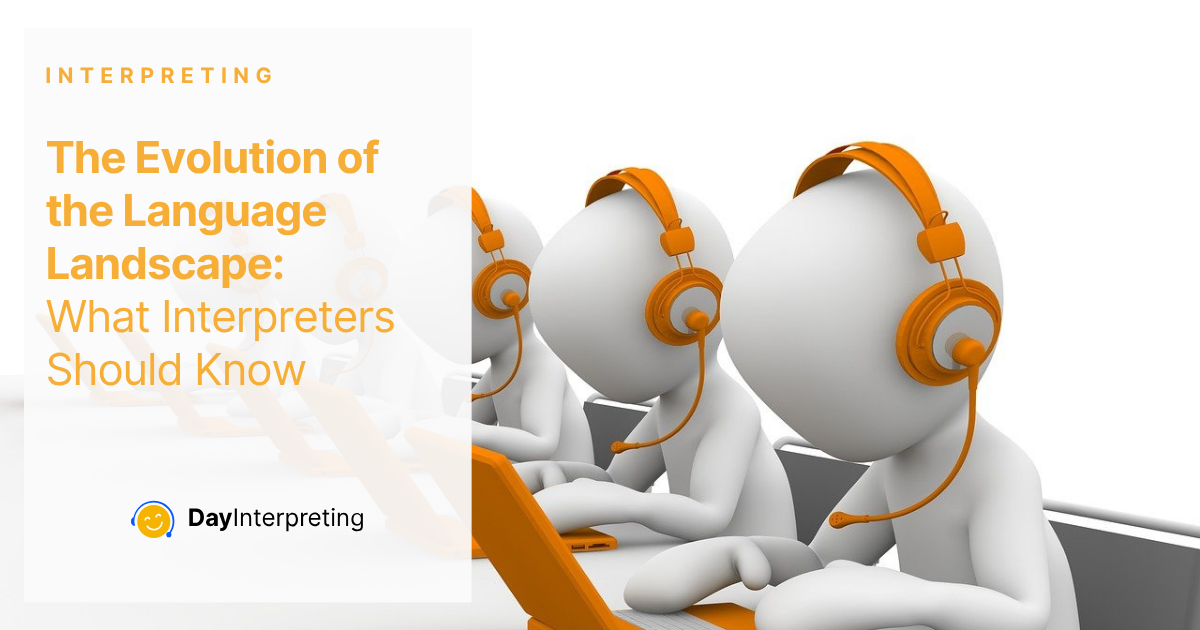Recent research by the Max Planck Institute shows that since the rise of ChatGPT, English speakers have increased use of words like delve, meticulous, and adept, some by as much as 51%, without even realizing it. AI isn’t just translating our language; it’s shaping how we speak and actively driving the evolution of the language landscape.
These AI-informed tones tend to be polished and structured but can feel emotionally muted. That heightened formality may help in business writing, but it risks stripping away personality and nuance.
Diversity Under Pressure from the Evolution of the Language Landscape
AI’s Focus on “Standard English”
AI systems tend to over-rely on Standard American English, sometimes ignoring or misrepresenting regional dialects. This reinforces linguistic homogenization and may marginalize diverse language varieties.
Low-Resource Languages Fighting Back
Thankfully, momentum is growing around supporting low-resource languages. Initiatives like LoResLM have convened 35 research projects across 8 language families to improve models for underrepresented tongues. It’s a hopeful sign of tech that works for everyone.
Localization Goes Deep: Beyond Words
Rise of Cultural & Dialect Adaptation
Companies in 2025 are hyper-focusing on localization, not just translating, but localizing tone, slang, and regional speech patterns. Think of a marketing campaign speaking not just in Spanish, but in Peruvian Spanish, with local metaphors.
Language Access Becomes a Right
New “language access” regulations worldwide demand inclusivity, especially digitally. Brands and governments are now expected to support multiple languages, not just the big ones .
The Interpreter’s Role: Why You’re More Essential Than Ever in the Evolution of the Language Landscape
You Are the Cultural Consultant
AI can translate words, but it can’t interpret culture. Human linguists bring deep awareness of idioms, emotion, and context. In 2025, interpreters are frequently stepping into roles as cultural consultants and quality guardians
Guardians of Linguistic Diversity
When AI flattens dialects into Standard English, interpreters play a critical role in preserving linguistic identity. And when AI models falter with low-resource languages, human expertise with these tongues becomes indispensable.
Co-Pilots to AI
Rather than being replaced, interpreters are increasingly becoming AI co-pilots: managing AI outputs, handling nuance and emotion, and ensuring meaningful, human-centered communication.
Tips for Interpreters in 2025
1. Use AI, but Wisely
Leverage AI tools to help with research, glossaries, and admin. However, always review outputs, adjust the tone, correct bias, and humanize the vocabulary.
2. Champion Diversity
Know your regional varieties. Push back on one-size-fits-all translations. Speak up when AI trims cultural or dialectical details.
3. Learn Technical Localization
Understand how cultural engineering, like local slang, works. It’s not just interpreters, but localization strategists who shape the 2025 language design.
4. Train in Low-Resource Tech
Stay updated on tools and research (like LoResLM) that support underrepresented languages. You might be the expert that communities rely on.
5. Advocate for Transparency
Explain to clients when AI voices affect tone, and why you need to restore authenticity and emotional signals in your interpretations.
Conclusion: Human Touch in a Hi-Tech Era
Language in mid-2025 is caught in a tug-of-war between AI-driven polish and the need to preserve emotional richness, dialects, and cultural nuance. As interpreters, you’re not relics of the past; you’re architects of authentic communication. You bridge worlds: human to human, culture to culture, emotion to emotion.
AI can shape how we sound. But interpreters decide who still speaks, and how we truly connect. In 2025, that mission has never been more vital.





0 Comments